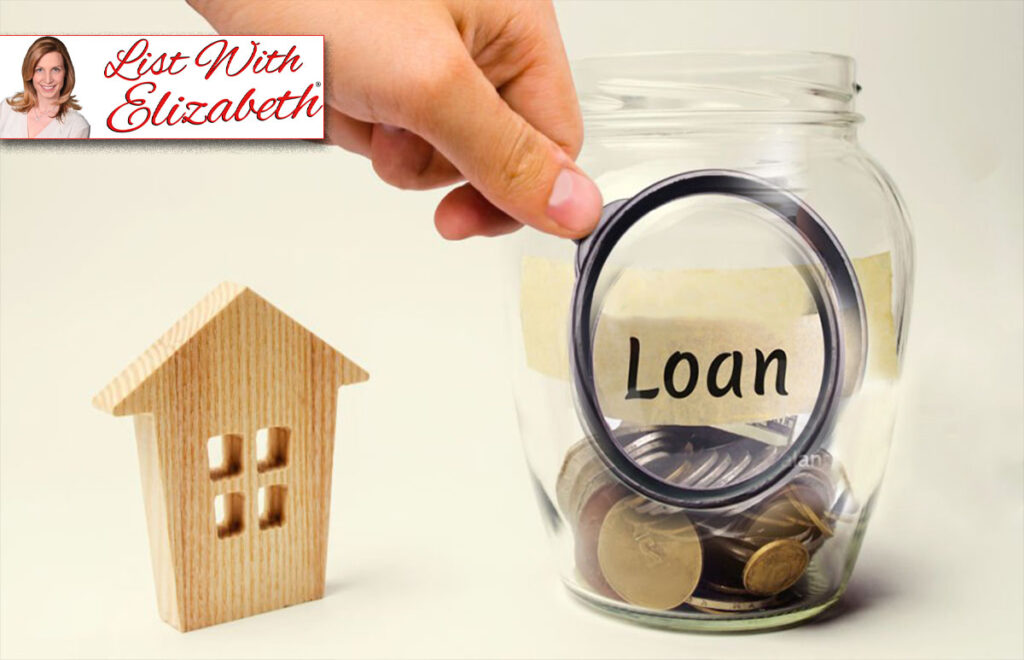When you are ready to purchase a home, maybe the most crucial decision you will make is selecting the perfect mortgage loan. With so many various financing choices to consider, each tailored for various money scenarios, you’ll want to know what loans are out there—so that you can pick the one which best fits your bottom line and future aspirations.
No matter if you’re a first-time buyer, repeat offender, or low-saver, there’s likely a mortgage program out there for you. Below is an overview of the most popular home purchase loan programs, who they work best for, how they work, and the most important advantages and disadvantages.
1.Conventional Loan
A traditional loan is a government agency-uninsured mortgage. It is made by private lenders and is regulated by the rules of Fannie Mae and Freddie Mac.
Who it’s best for:
- Good to excellent credit homebuyers
- Homebuyers who have stable income and have some money in the bank
- Homebuyers who can afford to make a down payment of 3%–5%
Key features
May be used for primary, secondary, or investment homes
Private Mortgage Insurance (PMI) will be required if you put down less than 20%
PMI can be dropped when you have 20% equity
Advantages: Good rates, generous terms
Disadvantages: Tighter credit/income standards than government-sponsored loans
2.FHA Loan (Federal Housing Administration)
An FHA loan is a government-insured mortgage that is intended to assist low- to moderate-income homebuyers.
Who it’s best for:
- First-time homebuyers
- Homebuyers with poor credit scores (580+)
- Homebuyers with low down payments (as low as 3.5%)
Key features:
Guaranteed by the federal government
Requires upfront and yearly mortgage insurance premiums (MIP)
Relaxed on credit and debt-to-income (DTI) ratios
Pros: Easier approval, minimal down payment
Cons: Continuous mortgage insurance—even at 20% equity
3.VA Loan (Veterans Affairs)
A VA loan is an insured government loan provided to eligible veterans, active-duty military personnel, and some surviving spouses.
Who it’s best for:
- Service members and veterans
- Participants seeking zero down payment
- Key characteristics:
- No down payment is needed
- No PMI necessary
- Competitive rates
- Must be eligible for military service
Pros: No down payment, no PMI, low credit requirements
Cons: Only for veterans approved; VA funding fee must be paid
4.USDA Loan (U.S. Department of Agriculture)
A USDA loan is a zero-down-home mortgage for buyers who are buying homes in rural or suburban communities.
Who it’s best for:
Low- and moderate-income borrowers
Those who are buying in eligible rural communities
Buyers who want 100% financing
Key features:
0% down payment
Low interest rates
Income and place limitations
Pros: No down payment, reduced rates
Cons: Income and place limitations; upfront guarantee fee
5.Jumbo Loan
A jumbo loan is a home loan that is above Fannie Mae and Freddie Mac conforming loan levels.
Who it’s ideal for:
Homebuyers who are buying more costly homes (typically over $750,000–$1M)
Homebuyers with excellent credit and high incomes/assets
Features:
Not insured by the government
Usually needs 10%–20% down
Increased interest rates and tougher qualifications
Pros: Enables financing of high-cost homes
Cons: Higher down payments, tougher credit/income
6.Adjustable-Rate Mortgage (ARM)
An ARM has a lower initial interest rate that will change after a set time period (e.g., 5, 7, or 10 years).
Homebuyers who sell or refinance before the rate is modified
Homebuyers who prefer lower initial payments
Key features:
Introductory fixed period (e.g., 5/1 ARM = fixed for 5 years)
Changes in interest every year based on market index
Can result in higher payments in the future
Pros: Lower starting rate
Cons: Possible rate hikes after introduction
7.First-Time Homebuyer Programs
Numerous states and localities have first-time buyer programs that include:
Down payment grants
Reduced interest rates
Closing cost grants
Tax credits (such as Mortgage Credit Certificates)
These may usually be paired with FHA or conventional mortgages to reduce out-of-pocket expenses.
Example:
Virginia Housing (former VHDA) provides low-interest mortgages, down payment grants, and homebuyer education at zero cost to eligible residents.
How to Pick a Good Home Loan
The right mortgage is based on your:
- Credit score
- Income and employment history
- How much money you’ve saved for the down payment
- Where you are and what kind of property you want
- For how long you plan to live in the house
A smart game plan:
Get pre-approved by a good lender or mortgage broker
Compare loan types side-by-side
Ask fees, PMI, closing costs, and about eligibility for assistance programs
Select a loan that suits your lifestyle and future finances
Final insight: The Right Loan Makes All the Difference
There is no single mortgage option. You’re a first-time buyer, a veteran, or you just want a better rate – there’s no one-matches-all mortgage. Knowing your home loan options for a home is part of your homeownership experience.
Select a reputable mortgage professional who will guide you through your choices, compare, and help you make the most, best-informed choice.



Leave a Reply